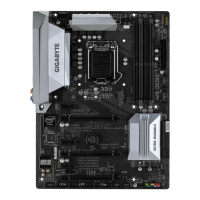
Do you have a question about the Gigabyte GA-Z270X-UD3 and is the answer not in the manual?
| Non-ECC | Yes |
|---|---|
| Memory channels | Dual-channel |
| Memory slots type | DIMM |
| Number of memory slots | 4 |
| Supported memory types | DDR4-SDRAM |
| Maximum internal memory | 64 GB |
| Supported memory clock speeds | 2133, 2400, 2666, 2800, 3000, 3200, 3300, 3333, 3400, 3466, 3600, 3666, 3733, 3800, 3866 MHz |
| Supported memory module capacities | 16GB |
| Processor socket | LGA 1151 (Socket H4) |
| Processor manufacturer | Intel |
| Compatible processor series | Intel Celeron, Intel Pentium |
| Component for | PC |
| Motherboard chipset | Intel® Z270 |
| Audio output channels | 7.1 channels |
| Motherboard form factor | ATX |
| Windows operating systems supported | Windows 10 Education, Windows 10 Education x64, Windows 10 Enterprise, Windows 10 Enterprise x64, Windows 10 Home, Windows 10 Home x64, Windows 10 Pro, Windows 10 Pro x64, Windows 7 Enterprise, Windows 7 Enterprise x64, Windows 7 Home Basic, Windows 7 Home Basic x64, Windows 7 Home Premium, Windows 7 Home Premium x64, Windows 7 Professional, Windows 7 Professional x64, Windows 7 Starter, Windows 7 Starter x64, Windows 7 Ultimate, Windows 7 Ultimate x64, Windows 8, Windows 8 Enterprise, Windows 8 Enterprise x64, Windows 8 Pro, Windows 8 Pro x64, Windows 8 x64, Windows 8.1, Windows 8.1 Enterprise, Windows 8.1 Enterprise x64, Windows 8.1 Pro, Windows 8.1 Pro x64, Windows 8.1 x64 |
| BIOS type | UEFI AMI |
| ACPI version | 5.0 |
| BIOS memory size | 64 Mbit |
| RAID levels | 0, 1, 5, 10 |
| Supported storage drive types | HDD & SSD |
| USB 2.0 connectors | 2 |
| Thunderbolt headers | 1 |
| Number of SATA II connectors | 0 |
| Number of SATA III connectors | 6 |
| USB 2.0 ports quantity | USB 2.0 ports have a data transmission speed of 480 Mbps, and are backwards compatible with USB 1.1 ports. You can connect all kinds of peripheral devices to them. |
| Depth | 305 mm |
|---|---|
| Width | 225 mm |
Essential safety measures and procedures before installing hardware components.
Detailed technical specifications of the motherboard and its components.
Step-by-step guide for safely installing the Central Processing Unit (CPU).
Instructions for correctly installing RAM modules into the motherboard slots.
Guidance on installing various expansion cards into PCI Express slots.
Steps for setting up AMD CrossFire or NVIDIA SLI for multi-graphics cards.
Description of all ports and connectors available on the motherboard's rear panel.
Diagram and explanation of internal motherboard connectors for system components.
Overview of the initial BIOS screen and how to switch between Easy and Classic modes.
Settings for advanced users to adjust CPU, memory, and voltage for performance.
View system details like model, BIOS version, and adjust language, date, and time.
Configuration options for boot order, security, fast boot, and device priorities.
Settings for onboard devices like graphics, audio, LAN, USB, and storage controllers.
Adjustments for Intel Virtualization, onboard graphics, audio, and LAN controllers.
Configure power states, wake-up events, and AC power loss behavior.
Options to save changes, exit without saving, or load default BIOS settings.
Guide to setting up RAID 0, 1, 5, or 10 arrays using EZ RAID or legacy ROM.
Instructions for installing essential drivers and software using Xpress Install.
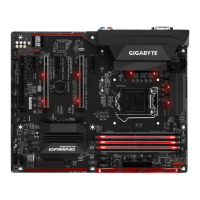
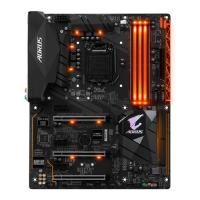
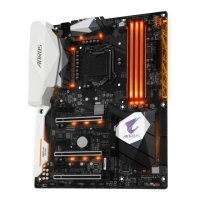
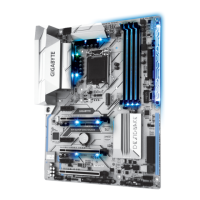
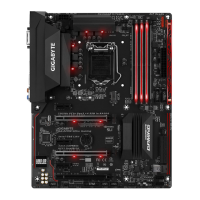
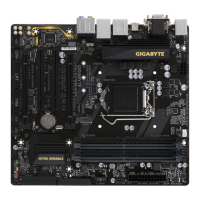
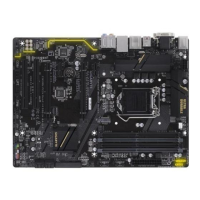
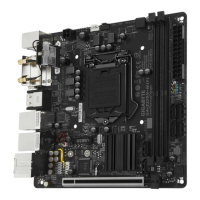

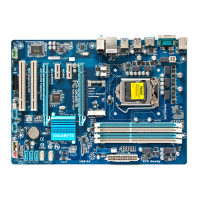
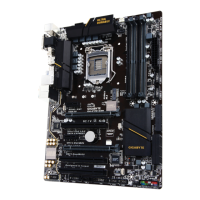
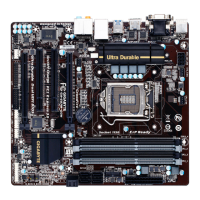
